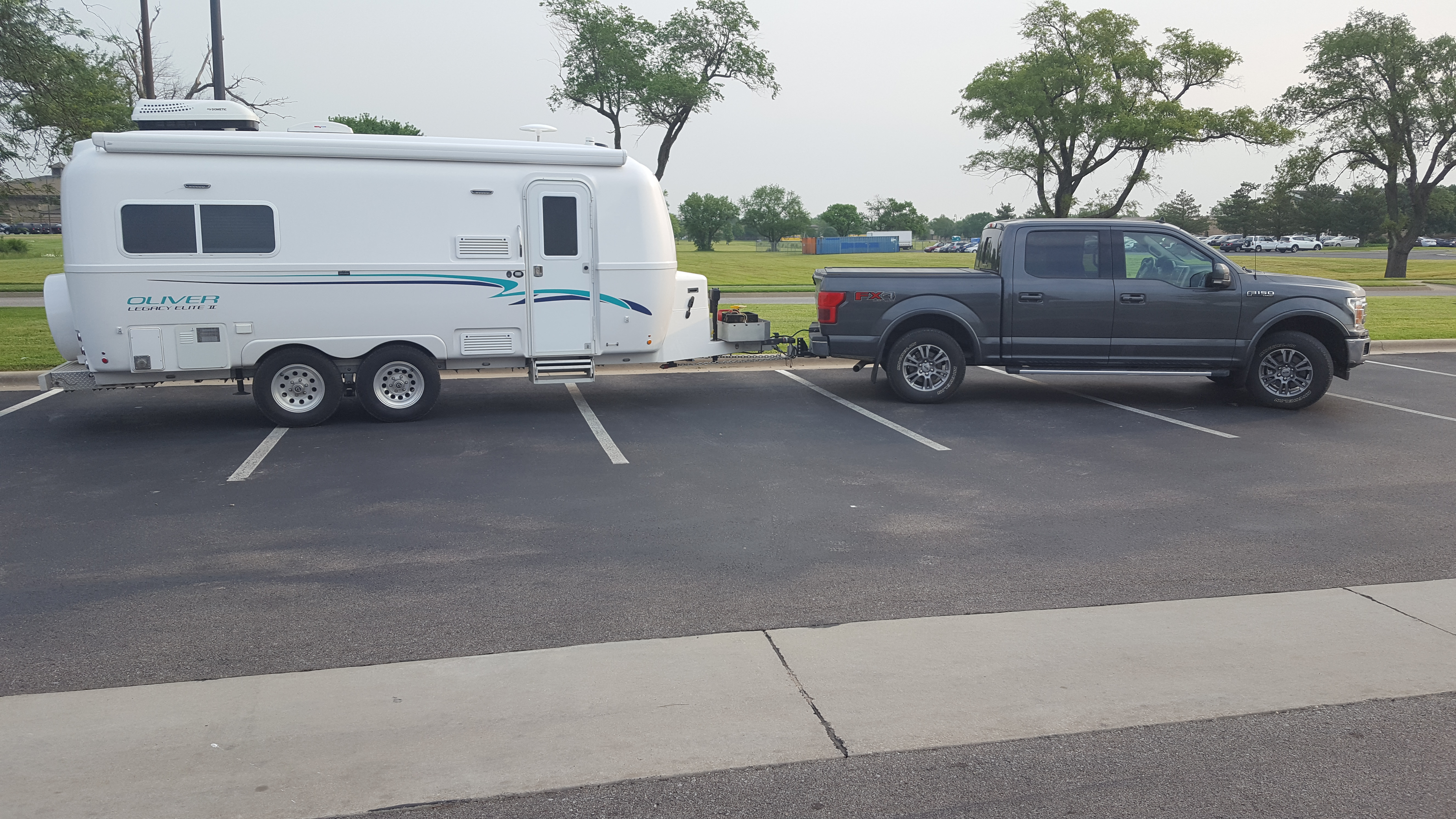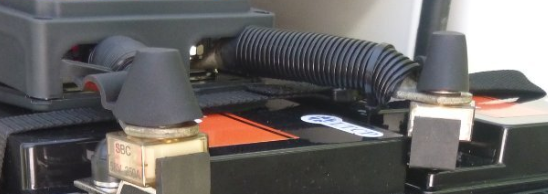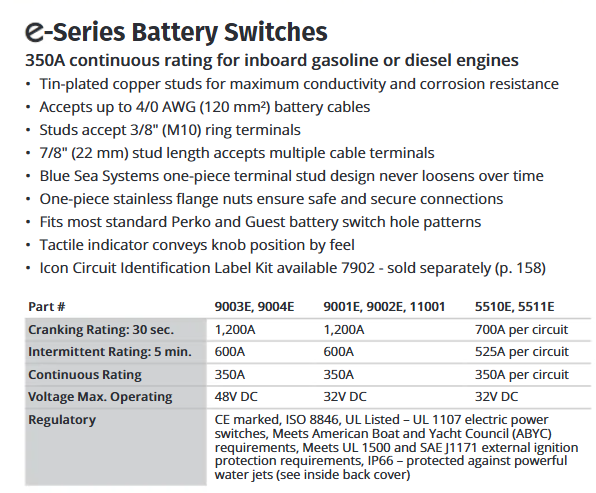-
Posts
2,045 -
Joined
-
Last visited
-
Days Won
53
Everything posted by Geronimo John
-

Low water pressure in bathroom
Geronimo John replied to Lisa Rae's topic in Mechanical & Technical Tips
Absent kinked or crushed hoses, Jason is spot on with "more clogs". Annual sanitization, vinegar de-scaling every three years, with full flushing the system of antifreeze has been the norm for many years. Frequencies may vary due to water sources, but the idea is proven to pretty well keep biological "clogs" at bay. That said, we often see pipe and tank plastic caused clog problems. they are a result of OTT not fully flushing out the new tanks and other items of the thread cuttings and other items before installation. Those plastic clogs have to manually be removed as no non-destructive service procedure that I know of will do so. In your case it would require you to incrementally disassemble water fittings and flow test your way down stream of your kitchen sink. One question that I did not see asked is the low flow in both the hot and cold side of the bathroom only? -
Of course. But it is not disconnected during your evaluations. So, let me try again in a different way. You have taken the time and effort to meticulously run down all the identified sources of parasitic losses in our trailer. At least for all those sources powered up by the 60 amp breaker. This is wonderful work. I also note your above post that you stated: "Devices with memories, remotes, touch lights, rain sensors, USB ports, electronic boards, etc., can each draw milliamp currents even when turned off, and they do add up quickly." I again totally agree with you. So we agree that all those micro loads draw power and many do so when off. Then why would the largest, most complex, and the greatest power draw item we have not draw power when it too is off? That item is the Inverter. Hence my suggestion that it be checked out and added to your list. GJ PS: The other micro amp draw is from trailer lights when the plug is wet. I would totally agree that it is not worth testing as it is a load caused by a problem. Not a load we would need to worry about for the vast majority of our time.
-

Cricket noises from the lights
Geronimo John replied to Going Coastal's topic in Mechanical & Technical Tips
-
With your excellent posts, it appears that we should expect to be losing around 11.7 amp hours each 24 hours. This then would cause a very nice 390 AH battery to go bingo in 33 days (390/11.7 = 33.3 days.) Less for my three 100 ah Battleborns if I did not kill the 60 amp breaker.. So, without solar or shore power assured, one could see their Litho's shutting down due their BMS hitting low voltage shut down in about a month if they don't kill the 60 amp breaker. According to DragonFly for our Battleborns' using unpowered storage in hard freezing conditions a low voltage shut down is not recommended. For such conditions, DragonFly says we need drain down and then equalize our batteries and then draw them down to the 50 - 60% SOC, Then either disco them or have a Battery Master Switch. They specifically do not desire that we hard freeze them with the SOC outside of the stated range. Following this "protocol" we can safely store our Litho's for a year. Pretty nice in our case. I would be very interested if other MFG's feel the same as DragonFly on this. GJ
-
Some serious thought about the registry security would be needed. With all the hackers out there, I would worry about the possibility of the registry becoming a shopping list for Ollie thieves. With the price of a new OTT, they certainly could become targets. GJ
-

Merry Christmas and Happy New Year
Geronimo John replied to rideandfly's topic in General Discussion
-
Geoff: Thank you. From your perspective, use, & trailer options; I can understand and respect your justification for not seeing the need for a master battery switch for your trailer. Concerning some of your responses: Increased Resistance: Yes resistance is bad and should be minimized especially with the high amperages ... as you stated. The suggested switch install in the battery box, as several of us have done, uses a short copper flat bar, and no additional lugs or extra wire. The increased resistance induced is inconsequential compared to the terrible efficiency of many of our Inverters. Especially the older ones! No Place to Install: The suggested Blue Seas Series 9000 E switch has nicely been installed in the battery bays, under the dinette seats, and under the street side bed of our trailers. Depends on your priorities. If you wanted access inside, it can be mounted inside. If you want it outside we have space the battery box for many Litho Battery installs. (But not all). Either way, locations are not an issue. Huge Size of Switch: Tilt, see above. No Compelling Reason: How about the Fire/Rescue having the ability to stop the flow of power to an inside fire? This is especially the case for Lithium installations. One of the reasons to put the switch where they will first look for it. Un-necessary Burden of turning the battery off when In and Out of the Trailer: For most of us, that is not the purpose of this switch. Many of us only use it for storage and emergency use. It takes me less than 15 seconds to turn on/off, and that happens on our first season’s voyage and off 3 - 4 months later in the fall when we winterize. But some owners likely do so more often. For Standby Power Losses During Storage: Some lucky owners such as yourself have solar and/or shore power in their storage site 365 days a year. Some owners don’t need to worry about their batteries freezing. On the other hand, some owners do not see their trailer for months at a time over winter. Collectively this means that more than a few owners do need to isolate their batteries. Additionally some battery manufactures do not recommending keeping their Litho's at full charge when not being used, especially where deep freezes occur occasionally. Simply shut off the DC breaker that supplies the DC fuse panels: The purpose of the Master Switch is to shut off ALL DC power to the trailer from their batteries. The 60-amp DC breaker does not do this. I believe that it does not terminate the power to the Inverter which is wired into the 300-amp fused via 4/0 wiring. For our trailers, if we want to kill all DC current flow, without a 300 amp breaker, which I am not aware of any OTT trailer having, we would have to remove the 300-Amp fuse or disconnect a terminal in the battery compartment. But either are a PITA. So, we do so in 15 seconds or less by turning off the Master Switch. To summarize, many of our OTT owners don’t have such a great storage solution as apparently you are blessed with. Likewise, they and others have chosen the peace of mind that the DIY installation of a Master Switch provides. I hope you and the family are enjoying a great Christmas! GJ
-
Geoff: What a great post. It certainly sheds a technical light on the amp draw issue. Knowledge is good. Speaking of which, would you please elaborate further on not installing a high quality Battery Master Switch? There are some owners who are on the fence in this regard, and your perspective would be beneficial. Thanks, GJ
-

TV secure no drill (velcro strap hack)
Geronimo John replied to Patriot's topic in Mechanical & Technical Tips
To avoid clutter one could Velcro a square section of pool noodle as suggested. GJ -
JD & JD: Roger on the CO detector. Also there are: The transformer for the USB plugs, The refrigerator LED's on the control board. The furnace feeding power to the T-stat if digital The Microwave control board and LED's The feed back loop that can occur where the tail lights have a dim light despite not being plugged in. to the TV. What else have we missed? So basically there are multiple sources for power to be drained. Super small amounts each, but together they can be measured. Years ago John Davies tried to find them all, and pretty much did. But after spend a lot of time on this drain and eliminating all he could, he was still losing power, I believe .1 amp if I recall. If he could not find it, it was not worth looking further in my eyes. GJ
-
No magic on this process. Drop by your favorite auto parts store and ask to borrow their electrical clamp on amp meter. It has jaws like a huge pair of plyers. Set their meter for amps and put it around your battery + cable. It reads the amps on the meter. With your TV motor shut off, you can practice with their tool. Just put the jaws around your + battery cable. then have someone inside the vehicle and turn on various electrical devices. You can easily see how much power they are drawing.
-

Broke a Leaf Spring in Maine
Geronimo John replied to Galway Girl's topic in Mechanical & Technical Tips
Great visual. Thanks for posting! -
Ditto: Lock N Lube, Mystic in my axle zerks and CV-2 on the bearings. That said, when I run out of CV-2 (In about 8 years) I'll go with the Dexter Mobile Synthetic bearing grease. It is specifically called out in the EZ Flex installation procedure that I posted earlier today. GJ
-

TV secure no drill (velcro strap hack)
Geronimo John replied to Patriot's topic in Mechanical & Technical Tips
I have had some rough rides, especially on our Houston to Fairbanks trip. But never have had my TV deploy. Could you be running higher pressure in your tires or stiffer springs? GJ -
Just another reason to have AND USE a high quality made in the USA master cutoff switch on your RV when stored. Highly recommend BlueSeas 350 amp switch (Model 9003E) as it has a rock solid reputation that most Insurance investigators already know about. When stored isolated behind such a high quality switch, our Litho's are pretty much immune from outside hazards. Stored isolated, about the only way our LiFePO4's could be associated with a fire is if the facility burns down on top of our magnificent RV's. By then, everything is totaled and the cause was not our OTT's. I recommend that the RV Industry Association adopt: That all RV battery or battery banks have a quality master switch. That such switch shall meet or exceed those listed below in the US Made switch. That all RV battery banks also have a fuse that is rated at a capacity less than the wire size being protected. That the battery cutoff switch be located in a location where fire fighters would expect it to be. With such a switch, the vast majority of our OTT's would easily pass muster of these suggested requirements. However I would postulate that the vast majority of SOB RV's on the road today do not. This is the message that the Insurance Industry, and especially RVIA needs to get smart on. GJ
-

GJ Torque Values Summary
Geronimo John replied to Geronimo John's topic in Mechanical & Technical Tips
Well that was pretty dumb.... Thanks for the reminder to post the link. Up there now. 🙂 GJ -
Periodically I take a couple of hours and retorque selected components of our OE2. My list of torque values is more extensive than what I have to date found on our forum. BUT, it for sure is not complete. If you disagree with my values OR have other values, please post back. It would be helpful if you included the source of your input and it's date. I'll periodically update the attachment and repost. Down the road if you want to check the currency of one you may have in hand, just check the version dates in the upper left hand corner. With this post, it is 21 DEC 2024. GJ PS: I was surprised to note the updated NTSB web site provided info for the Dexter EZ Flex. I suspect is may have been updated in response to the "Walking EZ Bolt" problem. EZ Flex Installation (April 2021 From NTST Web Site) MC-10190118-0001.pdf GJ TORQUE VALUES FOR OE2.docx
-
Great info, thank you for doing the leg work for us! Just over $400 takes this effort into the affordability range for many owners. Even the shipping to Washington from Indiana was reasonable. Likely a lot more than most of us would need. Looking forward to your DIY install. GJ
-

Failed Andersen tension chain coupler - ideas?
Geronimo John replied to JRK's topic in Towing an Oliver
What size and rated threaded couplings do you carry? Stainless Steel or Steel? thanks GJ -

Bulldog coupler complete bolt failure !
Geronimo John replied to John E Davies's topic in Mechanical & Technical Tips
But just don't do this on your wet bolts with splines. A great way to spin the splines off. Can't say for the shackles, but for the EZ flex it will result in the center bolt walking out of it's desired home. There are ancient threads on this topic. GJ -

Various Torque Settings for Ollies
Geronimo John replied to dewdev's topic in Mechanical & Technical Tips
I believe the right answer is the same torque as the rear jack bolts as they are essentially the same jacks. -
Sounds like these Roller Cam cam lock straps would be a great choice for battery hold downs. Thanks GJ
-
My comment on the blue straps is their plastic ends. I am not familiar with this strap buckle. But it looks like just a loop through type. If it is metal and is rated well stronger than the burst strength of the quality strapping, then again more credit to Joe. GJ I am not familiar with this strap buckle










